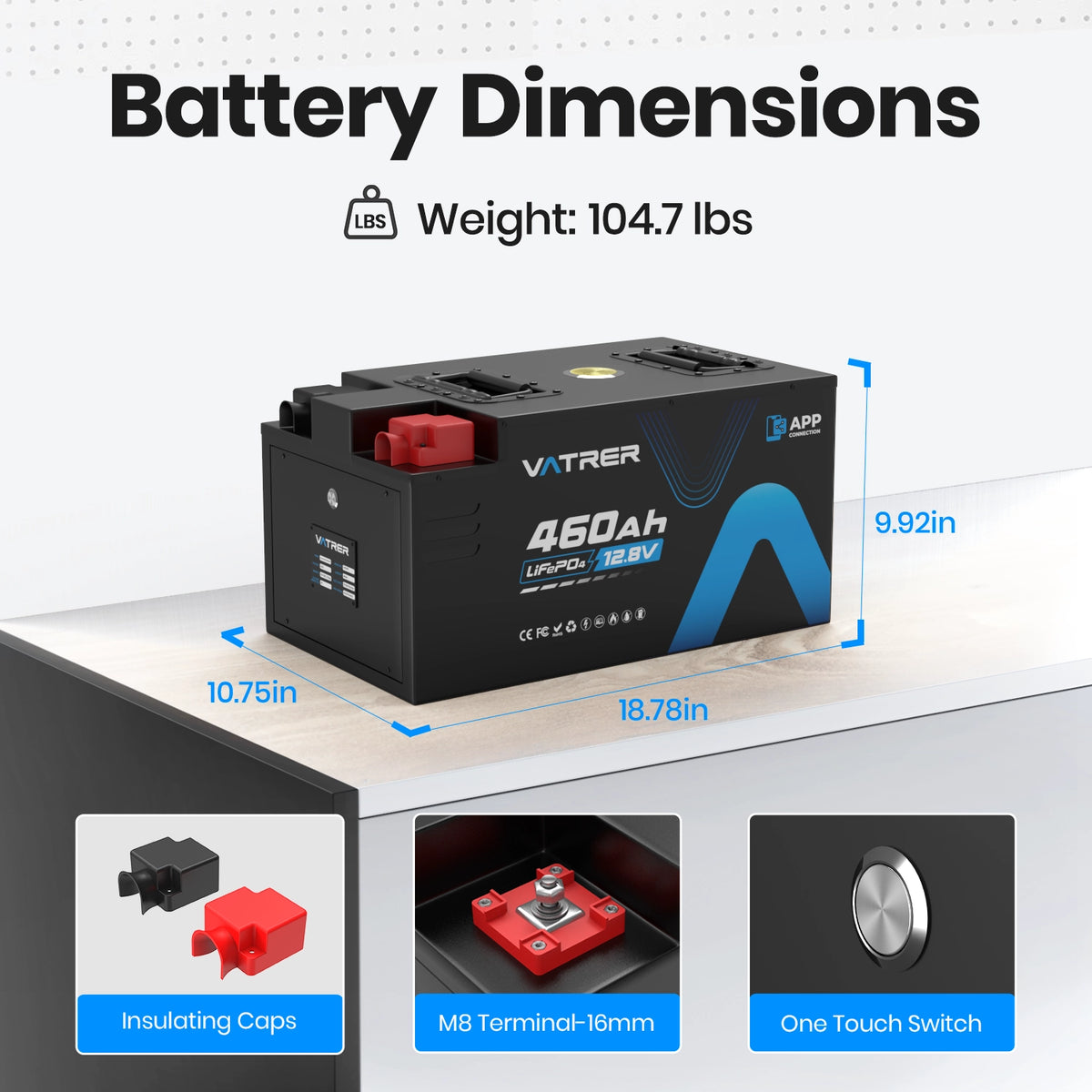1. Introduction to Lithium Batteries
Overview of Lithium Battery Technology
Lithium batteries have become a cornerstone of modern energy storage solutions, powering everything from smartphones to electric vehicles. Their popularity stems from their high energy density, long cycle life, and relatively low self-discharge rates compared to other battery chemistries. Lithium-ion (Li-ion) and lithium iron phosphate (LiFePO4) are among the most common types of lithium batteries, each offering unique advantages in terms of performance and safety.
Importance of Battery Management
Effective battery management is crucial for maximizing the performance and lifespan of lithium batteries. This involves monitoring and controlling various parameters such as voltage, current, and temperature. A critical aspect of battery management is ensuring that all cells within a battery pack are balanced. This process, known as battery balancing, is essential for maintaining the health and efficiency of lithium batteries.
2. Understanding Battery Balancing
Definition and Purpose of Balancing
Battery balancing refers to the process of equalizing the charge across all cells in a battery pack. The primary purpose of balancing is to ensure that each cell operates within its optimal voltage range, thereby preventing overcharging or deep discharging. This is particularly important in lithium batteries, where even slight imbalances can lead to significant performance degradation or safety hazards.
Types of Balancing (Active vs. Passive)
There are two main types of battery balancing: active and passive. Passive balancing involves dissipating excess energy from higher voltage cells as heat, typically using resistors. This method is simple and cost-effective but can be inefficient due to energy loss. Active balancing, on the other hand, redistributes energy from higher voltage cells to lower voltage ones using inductors or capacitors. While more complex and expensive, active balancing is more efficient and can significantly extend battery life.
3. Why Balancing is Necessary for Lithium Batteries
Cell Voltage Discrepancies
Lithium batteries consist of multiple cells connected in series or parallel configurations. Over time, these cells can develop voltage discrepancies due to variations in manufacturing, temperature, and usage patterns. Without balancing, these discrepancies can lead to some cells being overcharged while others are undercharged, reducing the overall capacity and efficiency of the battery pack.
Impact on Battery Life and Performance
Imbalanced cells can significantly impact the performance and lifespan of lithium batteries. Overcharged cells are at risk of thermal runaway, a dangerous condition that can lead to fires or explosions. Undercharged cells, meanwhile, can suffer from reduced capacity and increased internal resistance. By ensuring that all cells are balanced, battery management systems can prevent these issues, thereby enhancing the safety, reliability, and longevity of lithium batteries.
4. Methods of Balancing Lithium Batteries
Top Balancing
Top balancing involves equalizing the voltage of all cells at the end of the charging cycle. This method ensures that all cells reach their maximum charge capacity, which is particularly useful for applications where maximizing energy storage is critical. However, top balancing can be challenging to implement in systems with high cell counts or varying cell capacities.
Bottom Balancing
Bottom balancing, in contrast, equalizes cell voltages at the end of the discharge cycle. This approach is beneficial for applications where preventing over-discharge is more important than maximizing charge capacity. Bottom balancing can help extend the lifespan of lithium batteries by minimizing the risk of deep discharge, which can cause irreversible damage to cells.
Balancing in Series vs. Parallel Configurations
Balancing techniques can vary depending on whether cells are connected in series or parallel. In series configurations, balancing is crucial to prevent voltage discrepancies that can lead to overcharging or undercharging. In parallel configurations, cells naturally balance themselves to some extent, but additional balancing may still be necessary to account for variations in cell capacity or internal resistance.

5. Challenges and Considerations
Technical Challenges in Balancing
Implementing effective battery balancing can be technically challenging, particularly in large battery packs with many cells. Balancing circuits must be carefully designed to handle the specific voltage and current requirements of the battery pack. Additionally, balancing systems must be robust enough to withstand the harsh operating conditions often encountered in automotive or industrial applications.
Safety Considerations
Safety is a paramount concern when balancing lithium batteries. Improper balancing can lead to overcharging, overheating, or even thermal runaway, posing significant risks to both users and equipment. To mitigate these risks, battery management systems must include fail-safes and redundancy measures to ensure that balancing operations are conducted safely and reliably.
6. Conclusion
Summary of Key Points
In conclusion, balancing is a critical aspect of lithium battery management, necessary for ensuring safe, efficient, and reliable operation. By equalizing cell voltages, balancing helps prevent overcharging and deep discharging, thereby extending battery life and enhancing performance. While there are challenges associated with implementing effective balancing systems, advances in technology continue to improve the efficiency and safety of these solutions.
Future Trends in Battery Balancing Technology
Looking ahead, the future of battery balancing technology is promising. Innovations in active balancing techniques, coupled with advancements in battery management systems, are expected to further enhance the performance and safety of lithium batteries. As the demand for high-capacity, long-lasting energy storage solutions continues to grow, the importance of effective battery balancing will only increase, driving continued research and development in this critical area.
































1 comment
Steven Van Houten
I just installed a 36volt system in my ezgo cart. What should the voltage reading’s be on the monitor? I can not turn the charge and discharge function both off at the same time, is this correct?
I just installed a 36volt system in my ezgo cart. What should the voltage reading’s be on the monitor? I can not turn the charge and discharge function both off at the same time, is this correct?